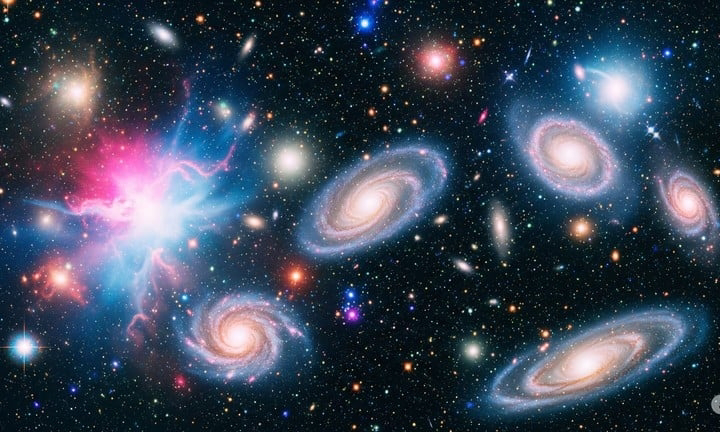In a bold reimagining of the structure of reality, a new theory proposes that the universe may possess not just one, but three temporal dimensions.
This paradigm-shifting hypothesis invites us to rethink the very nature of time—and what it means for our understanding of cosmology, consciousness, and causality.
Rethinking the Arrow of Time
Traditionally, physics has treated time as a single dimension—one that flows irreversibly from past to future, tethering events in a linear sequence.
This “arrow of time” is central to everything from the second law of thermodynamics to the way we age. Yet, for all its familiarity, time remains one of the most enigmatic aspects of the universe.
The new theory suggests that this one-dimensional conception of time may be fundamentally incomplete. Just as space has three dimensions—length, width, and depth—so too, time may be richer and more multifaceted than we've previously believed.
If borne out, this would mark one of the most radical shifts in scientific thought since Einstein introduced spacetime a century ago.
A Triad of Temporal Axes
What might it mean to have three temporal dimensions? Proponents describe it as analogous to spatial dimensions: one axis could correspond to our familiar time—let’s call it “chronological time,” the flow from cause to effect.
The second might govern relational timelines, mapping how events relate across scales or systems—imagine this as “synchronistic time.”
The third could represent potentialities—unrealized futures, alternate histories, or quantum possibility: a dimension of temporal choice.
These axes wouldn't just be abstract constructs; they’d interact, entangle, and possibly even explain long-standing puzzles like quantum indeterminacy, time dilation, and the apparent contradiction between relativity and quantum mechanics.
Implications for Physics and Consciousness
If true, this theory could reconcile disparate fields of study. In physics, it might help bridge the gap between general relativity’s continuous spacetime fabric and the discrete probabilistic behavior of particles in quantum mechanics.
In neuroscience and philosophy, it raises tantalizing questions: could our perception of time be tuned to only one of these dimensions? Could consciousness itself operate partly in the hidden temporal realms?
There are also metaphysical echoes. Ancient mystics and modern philosophers have long hinted at layered, nonlinear conceptions of time—where moments spiral, overlap, or unfold in nested cycles. The possibility that science may be catching up with such visions is both thrilling and humbling.
A Future Worth Investigating
The road to validating this theory is steep. It will require new mathematical frameworks, experimental designs, and perhaps even technologies that transcend our current capabilities.
But as with all great scientific leaps, it begins with imagination—a willingness to question the assumed and explore the improbable.
And if time really does have more depth than we ever imagined? Then our journey through the cosmos has only just begun.














.jpg)
.jpg)




0 Comments